How humans lost the ability to not choke on food
What selective pressure made humans loose the ability to not choke on food? Chimpanzees cannot choke on food, since their ability to swallow relies on the epiglottis being closed.
The negative effects of gaining the ability to choke on food, would have to be countered by the positive effects of a descended larynx, and those effects would have to correlate with the point in human evolution when the larynx descended, rather than with potential benefits today (like, for example, speaking and vocalising and communicating. )
Did Australopithecus afarensis have a descended larynx?
From “Encyclopedia of Anthropology”
“The position of the larynx in the throat in primates appears to be related to the degree of basicranial flexion”
The basicranial flexion is a marker for the position of the foramen magnum, and in humans the base of the skull (where the spine attaches through the foramen magnum) is associated with a descended larynx, for the exact reason that there simply is not enough space to position the larynx close to the base with the spinal cord behind it.
In Australopithecus afarensis (A.L. 822–1), the base of the skull has rotated towards the anterior end, when compared to Chimpanzees and Gorillas, and the distance between the palate and the foramen magnum is shortened.
The main adaptation that is associated with a descended larynx in that link to Encyclopedia of Anthropology, that the distance between the palate and the spine is shortened, is therefore present in A. afarensis when compared to other great apes, tough in human it is increased by a lot.
Based on the position of the spinal cord relative to the palate, A. afarensis anatomy shows that it is in between humans and chimpanzees, and so it is possible that it had a descended larynx.
Besides acoustic resonance, what else could drive the descent of the larynx in humans?
In humans, the vocal tract is expanded because the larynx is descended. The pharyngeal acoustic chamber, where a typical length for the vocal tract is about 17–18 cm, gives a fundamental frequency of about 500 Hz and formant frequencies of 500, 1500 and 2500, which is in the range of observed vocalisation frequencies.
The descent of the larynx came at the cost of the gaining the ability to choke on food, and so the benefit of a descended larynx would have to appear at the time when it descended, which may pre-date speech.
The loss of air-sacs in humans, is an adaptation for using the vocal tract rather than the air-sacs for resonance and producing vocal sounds. The loss of air-sacs would be around the time speech appeared, and could pre-date (and co-opt) the descent of the larynx.
Within a semi-aquatic ape universe, an expanded pharynx would in Australopithecus precede later adaptations for speech (such as loss of the air sacs and a broaden acoustic repertoire), and the adaptations that are associated with speech would co-opt earlier adaptations.
Loss of air-sacs for acoustic resonance from an expanded pharyngeal chamber, building on earlier semi-aquatic adaptations
The air-sacs are resonance organs for vocalisation, that would have de-evolved as a pharyngeal acoustic chamber formed with the descent of the larynx.
In the semi-aquatic ape model, the larynx descended for inhaling large amounts of air while surfacing. In that universe, the loss of air-sacs would have been a later adaptation, as the expanded pharyngeal tract formed an acoustic resonance chamber.
Notes
The air-sacs in a 4–5 year old chimpanzee, published in Human Biology in 2013.
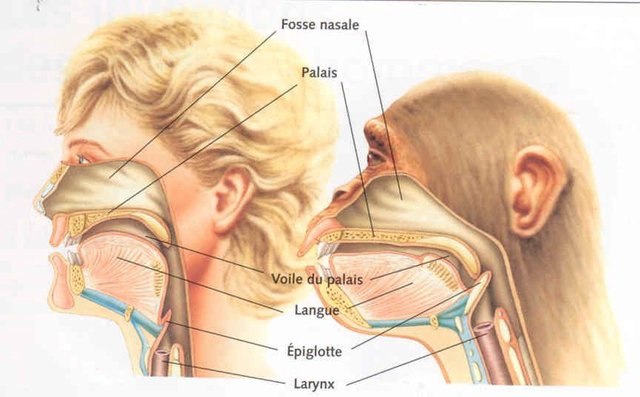
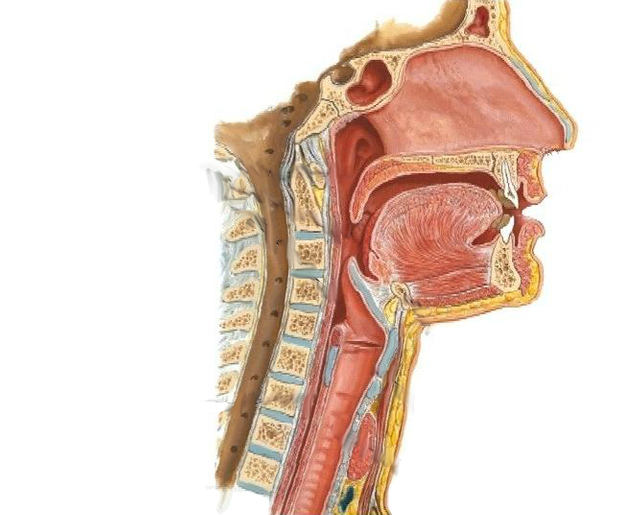

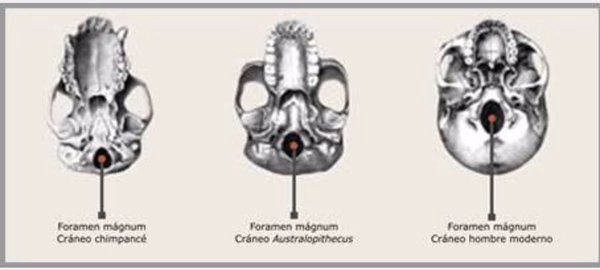
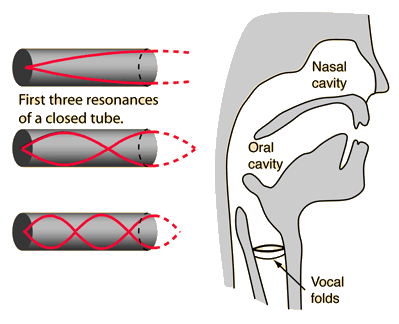

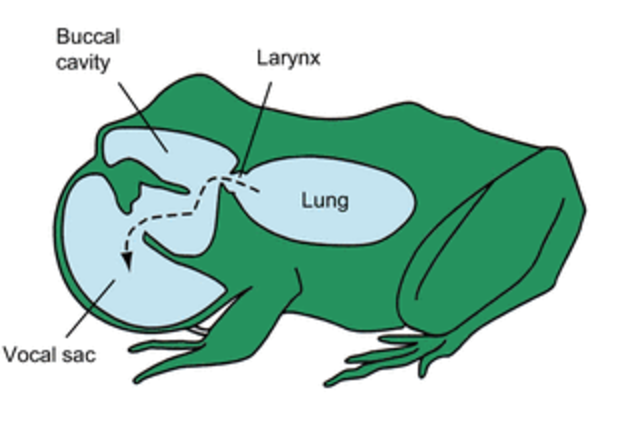
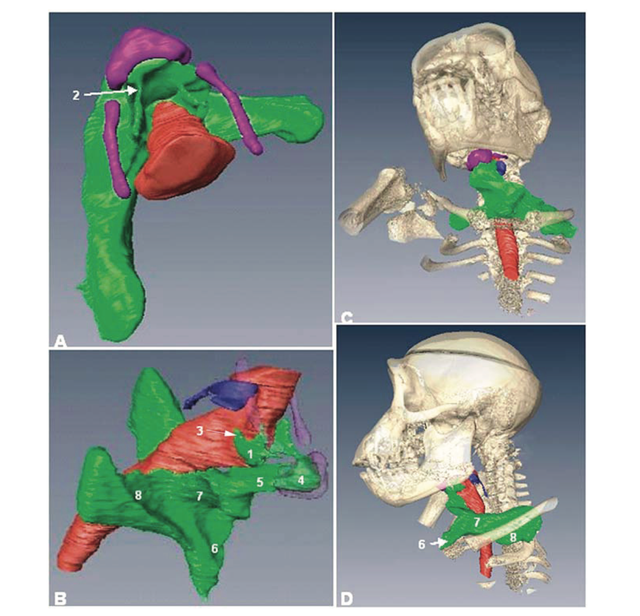
Thank you very much for his explanations. I'll follow you because I'm passionate about science and you write well. Good job.
that is some damn good presentation work. Nice job